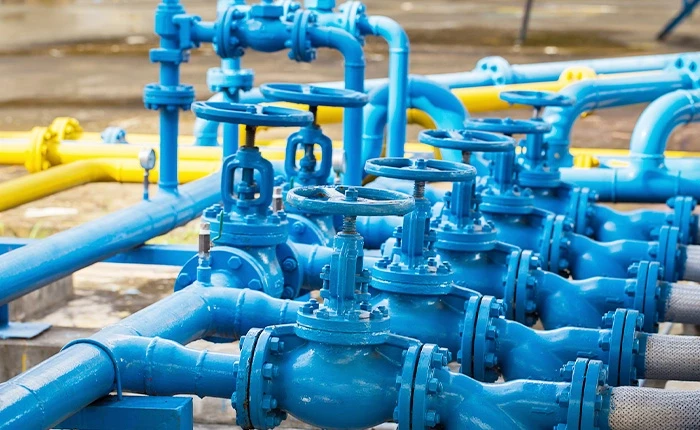Des . 19, 2024 15:59 Back to list
valve
The Fascinating World of Valves Function, Types, and Applications
Valves are crucial components in various systems across industries, playing a vital role in controlling the flow of fluids and gases. These devices, although often overlooked, are fundamental to the operation of pipelines, machinery, and numerous other applications. In this article, we will explore what valves are, their types, and their significance in different fields.
What is a Valve?
In simple terms, a valve is a mechanical device that regulates the flow of liquids, gases, or slurries in a system. It can open, close, or partially obstruct passageways, allowing for the control of pressure, flow rate, and direction. Valves can be operated manually or automatically, depending on the requirements of the system they serve.
Types of Valves
Valves come in various shapes and sizes, each designed for specific functions. Here are some of the most commonly used types
1. Gate Valve This type of valve is primarily used for on/off control in high-pressure applications. It consists of a gate that moves up and down to open or close the flow. Gate valves are ideal for situations where the full flow of fluid is required.
2. Ball Valve Known for its excellent sealing capabilities, a ball valve uses a spherical disc to control flow. The ball can be turned to open or close the valve, providing quick and efficient shut-off. Ball valves are often used in applications that require tight seals, such as in the oil and gas industry.
3. Globe Valve Globe valves are used for regulating flow; they feature a spherical body and a movable disk. This design allows for precise control of flow, making them suitable for applications in heating and cooling systems.
4. Check Valve Also known as a non-return valve, a check valve allows fluid to flow in one direction only. This is essential in preventing backflow, which can be damaging in various systems, such as sewage and drainage systems.
5. Butterfly Valve Characterized by a rotating disc, the butterfly valve is lightweight and offers quick operation. It is particularly useful in large pipes where minimal pressure drop is desired.
valve

6. Pressure Relief Valve This safety device automatically releases pressure from a system when it exceeds a preset limit. Pressure relief valves are crucial in preventing equipment failure and accidents in high-pressure systems.
7. Solenoid Valve Commonly used in automation, solenoid valves are electrically operated and control the flow of fluids and gases. They are widely used in irrigation systems, washing machines, and pneumatic systems.
Applications of Valves
The applications of valves span across multiple sectors
- Oil and Gas Valves are essential in controlling the extraction, refinement, and transportation of oil and natural gas. They ensure safe and efficient operations in pipelines, refineries, and storage facilities.
- Water Treatment In municipal water supply systems, valves regulate the flow and treatment of water. They help manage pressure levels and ensure the quality of drinking water.
- Chemical Processing Valves are critical in the chemical industry for controlling flow and pressure in reactors, distillation columns, and storage tanks.
- Power Generation In power plants, valves control steam and water flow in turbines and boilers, which is essential for electricity production.
- HVAC Systems Heating, ventilation, and air conditioning systems rely on valves to regulate airflow and temperature, ensuring comfort and energy efficiency in buildings.
Conclusion
Valves play an indispensable role in modern society, facilitating the control and management of fluids in countless applications. Their diverse types cater to various needs, making them vital components in industries such as oil and gas, water treatment, chemical processing, and power generation. As technology continues to evolve, so will the design and functionality of valves, enhancing their efficiency and reliability in an ever-changing world. Understanding the essential functions and applications of valves not only highlights their importance but also underscores the intricacies of the systems they support.
-
Why Metric Trapezoidal Thread is Ideal for Precision Motion ControlNewsAug.05,2025
-
The Unique Properties of a Block of Granite for Industrial UseNewsAug.05,2025
-
The Role of Flanged Y Strainers in Preventing Pipeline ClogsNewsAug.05,2025
-
The Importance of Regular Calibration for Master Ring GagesNewsAug.05,2025
-
How a Cast Iron Surface Table Enhances Accuracy in ManufacturingNewsAug.05,2025
-
Comparing Different Check Valve Types for Optimal Flow ControlNewsAug.05,2025
Related PRODUCTS









